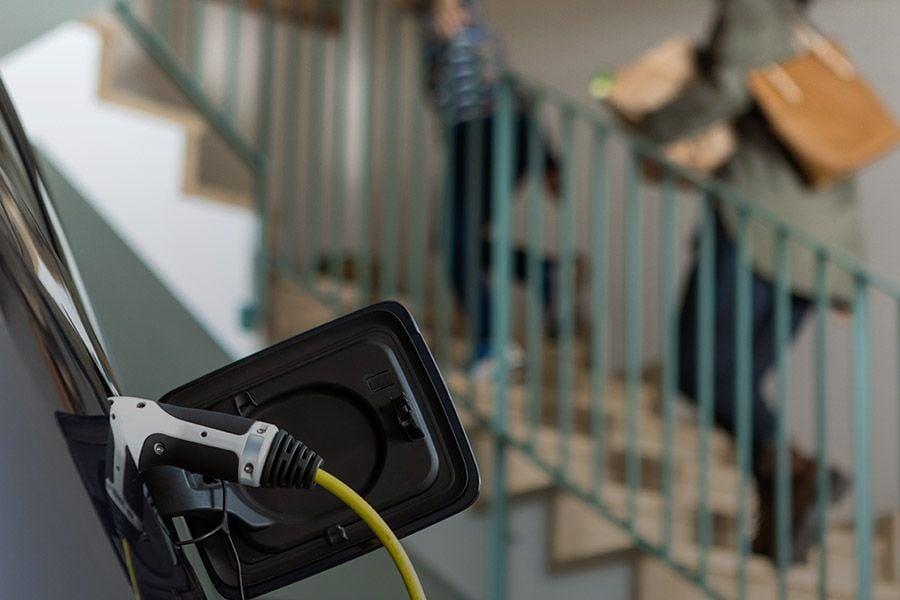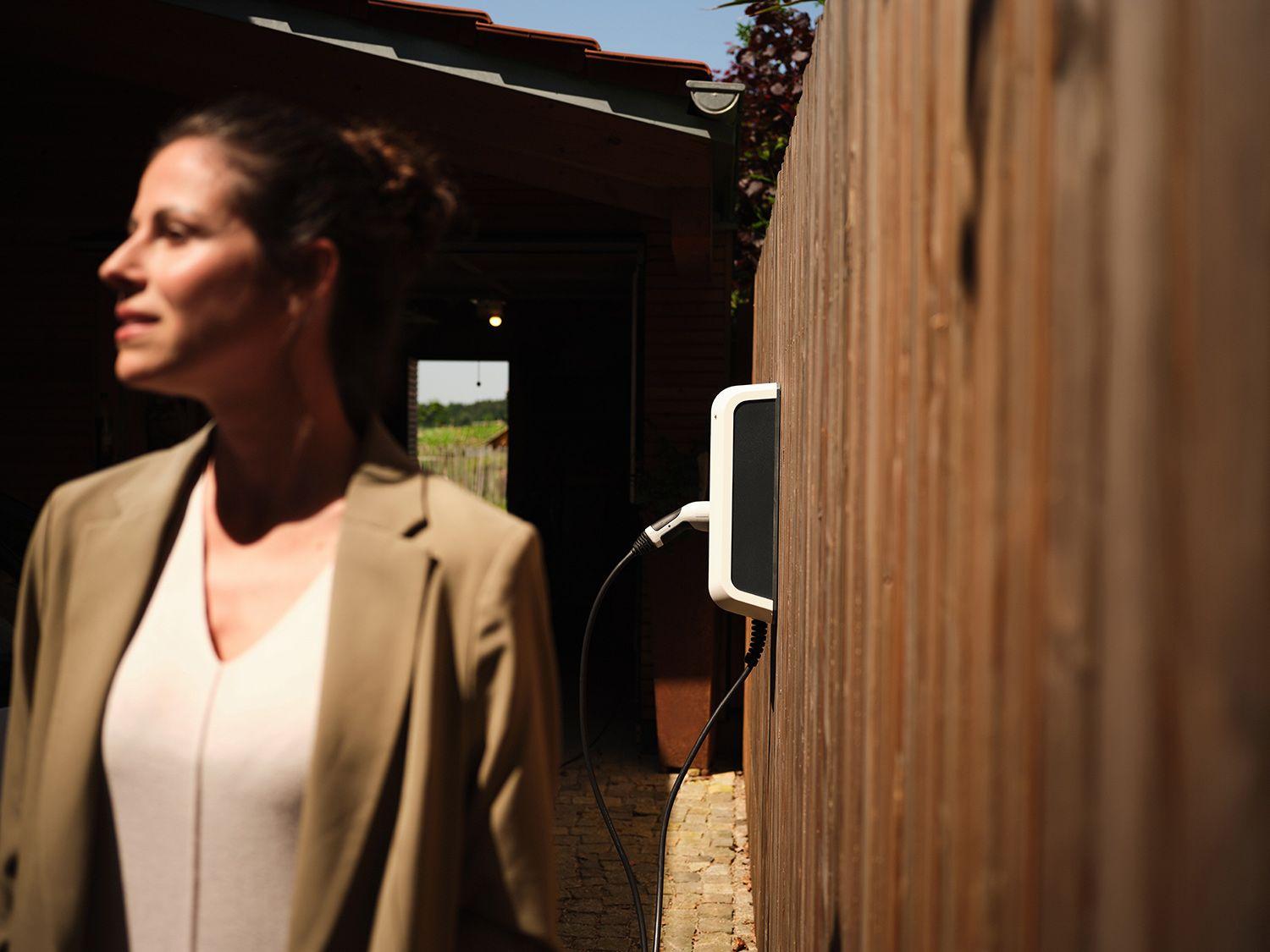Quick. Efficient. Reliable. These three main qualities have allowed wallboxes to conquer the market within an extremely short space of time. But, often, choosing the ideal wallbox isn’t quite as easy. Initially, interested individuals are literally “overrun” by a flood of information when conducting relevant research. This is understandable, since the range of 11 kW and 22 kW wallboxes in particular is huge.
Charging time
The charging time is the crucial factor for many people when buying a wallbox. Among other things, it depends on the charging power that your charging station provides. Generally speaking, the greater the vehicle’s and the charging station’s charging power, the faster the charging process. Consequently, a 22 kW wallbox can charge twice as fast as an 11 kW wallbox.
However, this is overridden by what is known as the “weakest link principle”, which determines the maximum charging power in a charging chain. If the electric car’s charging power is 11 kW, even a more powerful wallbox cannot speed up the charging process. Additionally, it must be taken into account how much charging power the main connection can provide.
Plug-in hybrids, for instance, often have a charging power of just 3.7 kW to 7.4 kW. But, in most cases, electric cars can be charged with 11 kW of power.
11 kW or 22 kW – an administrative burden (Germany)
According to Section 19 of the German Low Voltage Connection Ordinance, 11 kW wallboxes only need to be registered with the local electricity grid operator. On the other hand, additional written permission is required for a 22 kW wallbox. This is not issued as a matter of course. Unfortunately, nothing can be done if the installation is denied. Additionally, the approval process often involves high fees. The backdrop to this complex procedure is ensuring grid stability.

The cost factor
When comparing the acquisition costs, any differences in this respect are only minor. But during installation, on the other hand, you can definitely save costs. Indeed, technical modifications often have to be made before installing a 22 kW wallbox. Structural adaptation measures aren’t uncommon, especially in older buildings. On the other hand, you don’t usually have to expect changes to a private connection when purchasing an 11 kW wallbox.
Battery life
The time saved by a more powerful wallbox is tempting at first glance – but it’s not always the best option for the battery. This takes its toll on the cells, which in turn can have a negative impact on the battery life. While charging with less power is certainly more tedious, it’s far more gentle on the electric car’s battery. You should only charge quickly when really necessary.
Additionally, it’s important to avoid extreme battery states – such as full charging or deep discharging. State of charge (SoC) levels between 20% and 80% are ideal. This is where smart software, such as ChargePilot®, our intelligent Charging and Energy Management, can be helpful. By controlling the charging processes, battery aging can be significantly reduced.
11 kW or 22 kW – outlook for the future
If we leave the use at home to one side for the moment, a charging power of 22 kW is already standard in the “public charging” sector in the likes of parking lots and at supermarkets. Even fast charging stations with 350 kW can be found occasionally.
If we take a look at the current (German) registration figures – electric cars with 11 kW charging power are currently being sold for the most part (as at: summer 2022).
Conclusion: The key considerations in a nutshell
At first glance, the advantages of the 11 kW and 22 kW wallboxes balance one another out. However, relevant differences are emerging on some points.
Powerful 22 kW wallboxes make charging far more flexible in terms of the fast charging time. But, generally speaking, an 11 kW wallbox is perfectly sufficient for private individuals, since it allows them to charge their electric car overnight without any problems. Additionally, most vehicles are 11 kW-capable, but only a few are currently compatible with 22 kW charging power. So it is highly advisable to always find out in advance about your own electric car’s possibilities. What’s more, an 11 kW wallbox can be installed without major administrative effort.
In general, the 11 kW variant has become an established solution in the domestic charging segment, while the 22 kW variant is the standard in the public sector.
